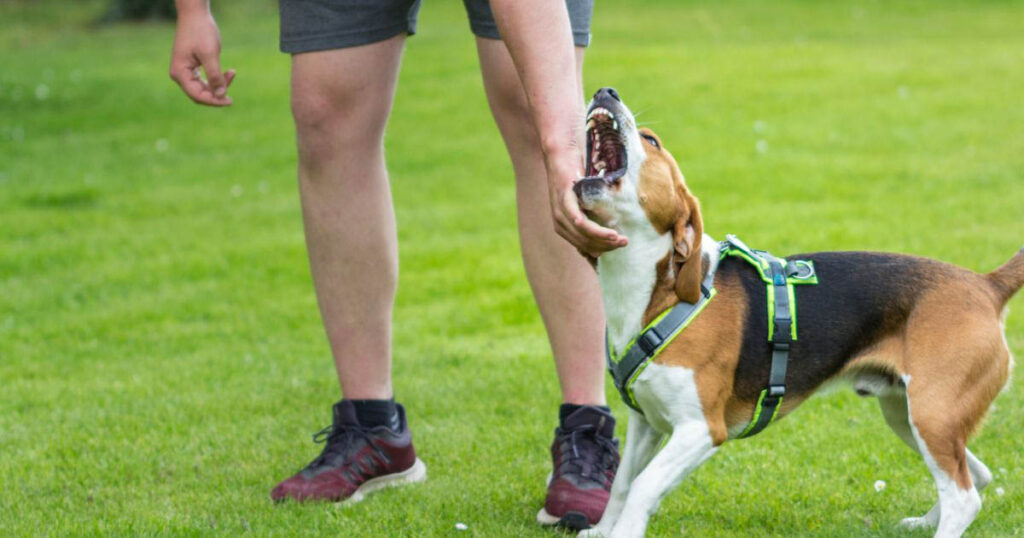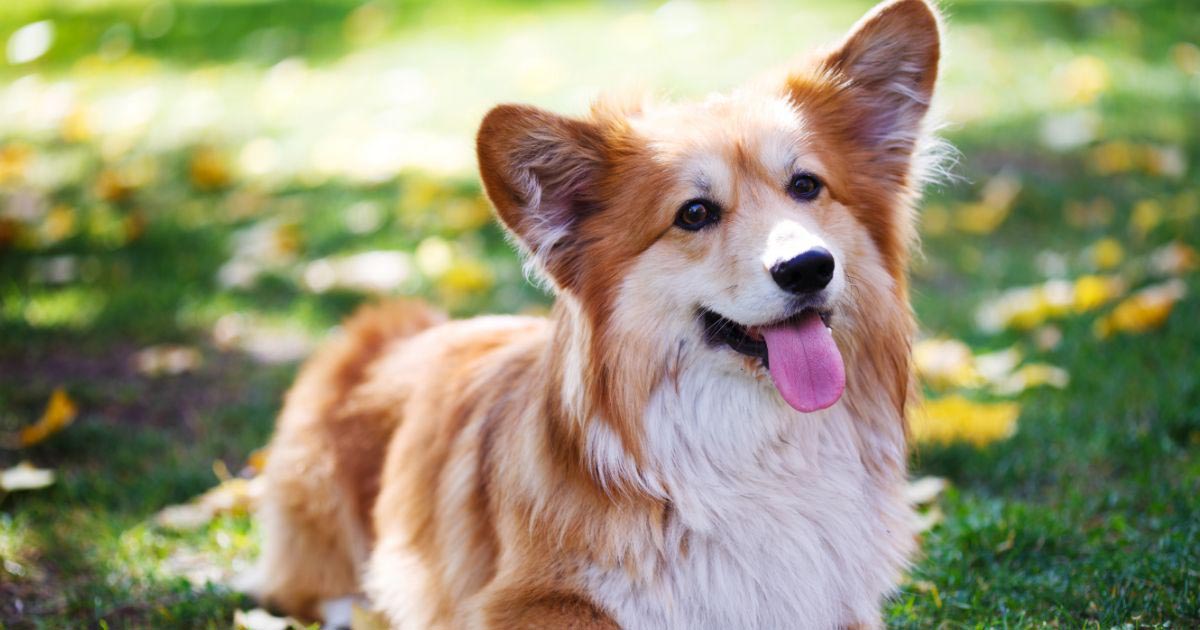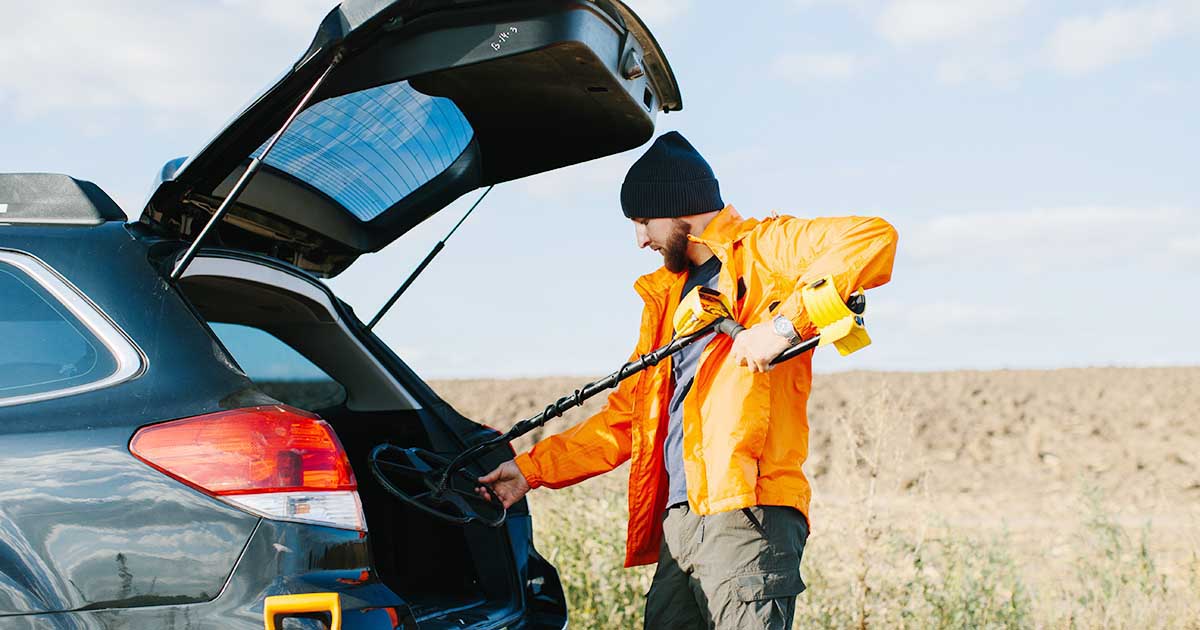Aggression in Dogs Tips and Techniques for Pet Parents
Introduction
Aggression in dogs is a complex concern that can originate from numerous variables, including concern, territoriality, resource safeguarding, and medical issues. While aggression is an all-natural action in dogs, it can become problematic and possibly unsafe if not properly handled. Identifying the indicators of aggression and using effective training strategies are essential in ensuring the wellness of your pet dog and those around it. This is where Confident K9 steps in, supplying thorough services for handling dogs aggression.
Acknowledging Indications of Aggression
Recognizing the indicators of aggression is the initial step towards attending to the issue. Aggressive behavior in dogs can materialize in several ways, including:
1. Roaring and Breaking: This is among the most common indications of aggression. Dogs might roar or break when feeling threatened or attempting to assert supremacy.
2. Barking and Lunging: Dogs may bark aggressively and lunge towards people or other animals, particularly when on strolls or in strange situations.
3. Baring Teeth: When a pet dog reveals its teeth, it’s a clear sign of aggression and a warning signal that must not be ignored.
4. Rigid Body Language: Dogs might display tight body language, raised hackles, and a strained position when feeling hostile.
5. Biting: Aggressive behavior can intensify to biting if not addressed without delay. It’s necessary to seek professional aid if your pet has bitten someone or presents a propensity for biting.
Training Techniques with Confident K9
Confident K9 provides a range of training strategies developed to properly deal with aggression in dogs. These techniques focus on positive reinforcement, developing trust, and modifying habits through constant training. Right here are some essential approaches:
1. Behavior Assessment: Confident K9 starts by carrying out a thorough behavior assessment of the pet to identify the underlying causes of Aggression in Dogs. This helps tailor the training program to attend to certain problems effectively.
2. Favorable Support: Training with favorable reinforcement entails satisfying desired habits with treats, praise, or playthings. This technique strengthens good behavior and motivates dogs to repeat it.
3. Desensitization and Counterconditioning: Desensitization includes slowly subjecting the pet dog to the trigger of Aggression in Dogs in a regulated environment, while counterconditioning focuses on changing the pet dog’s emotional feedback to the trigger by connecting it with something favorable.
4. Obedience Training: Standard obedience training, such as instructing commands like “sit,” “remain,” and “leave it,” can help establish boundaries and control over the pet’s behavior.
5. Uniformity and Persistence: Uniformity is vital to effective training. Proprietors must stay individual and dedicated to the procedure, as modification of actions takes time and effort.
6. Monitoring Techniques: Confident K9 additionally supplies proprietors with management strategies to avoid circumstances that may set off Aggression in Dogs, such as using a muzzle or chain in public settings.

Ensuring Your Pet Dog’s Health
At Confident K9, the utmost goal is to guarantee the pet’s and its owners’ wellness. By dealing with aggression through favorable support and efficient training strategies, proprietors can create a secure and harmonious environment for their animals. Furthermore, looking for professional aid from seasoned trainers can provide vital support in properly handling aggression in dogs.
Holistic Approach to Training
Confident K9 embraces a holistic approach to training that exceeds addressing the symptoms of aggression to resolve the underlying causes. This includes developing a thorough training strategy that integrates behavior alteration techniques, environmental management, and continuous assistance for the canine and its proprietors.
1. Behavior Modification: Through favorable support methods, trainers work to change the pet dogs behavior by fulfilling calmness and non-aggressive reactions to triggers. This might entail mentoring different behaviors that are inappropriate with aggression, such as resting or focusing on the proprietor.
2. Proprietor Education: Education is critical to Confident K9’s strategy. Trainers function closely with owners to help them recognize their pet’s actions, acknowledge early indications of aggression, and discover reliable communication and strategies for dealing with aggression.
3. Follow-Up Support: Training does not end once the sessions are complete. Confident K9 supplies ongoing support and guidance to ensure that proprietors continue to enhance positive actions and deal with any challenges that develop.
Conclusion
Aggression in dogs is a serious problem that requires mindful interest and proper monitoring. Recognizing the signs of aggression and employing effective training techniques are important actions in addressing these habits. With Confident K9’s comprehensive strategy for dealing with aggression, owners can help their family pets overcome behavior challenges and lead satisfying lives.






Leave a Comment